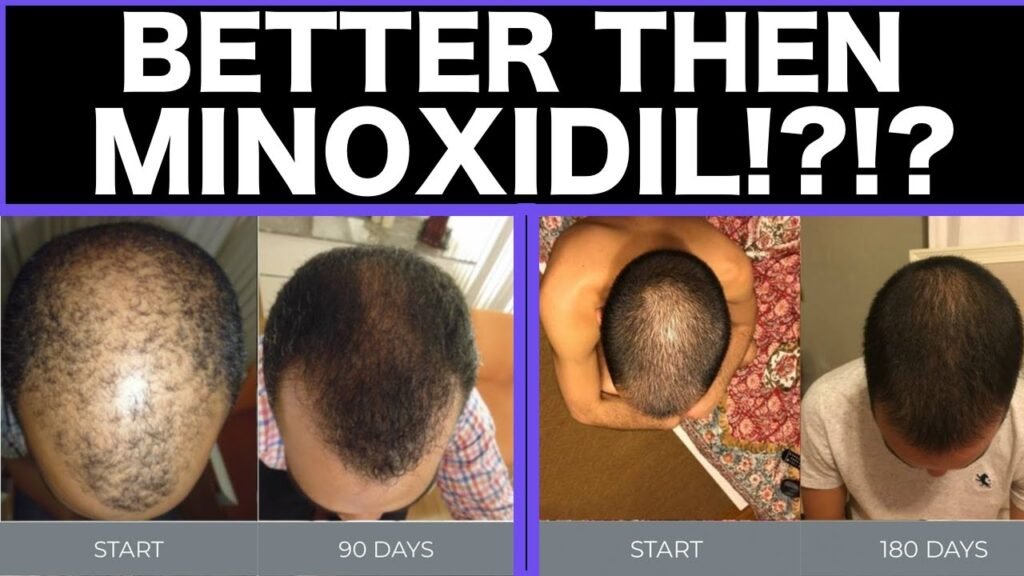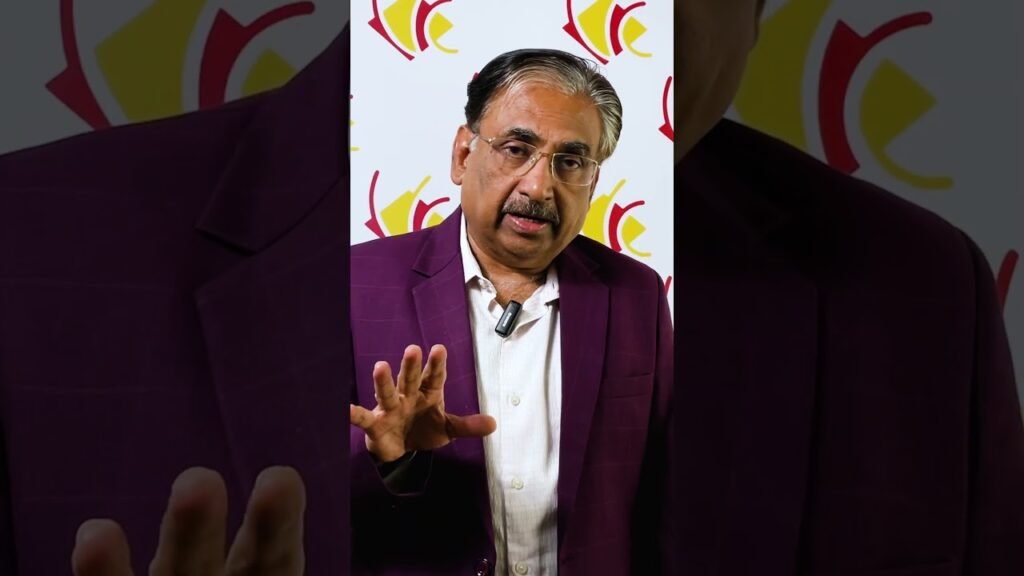What’s the difference between Rogaine vs generic minoxidil
When considering hair loss treatments, many individuals weigh the options between Rogaine and generic minoxidil. Both products contain the active ingredient minoxidil, which is FDA-approved for hair regrowth. However, there are several distinctions that might influence a consumers choice between the two. Understanding these differences can help you make an informed decision tailored to your needs.
Brand Recognition and Cost
One of the primary differences between Rogaine and generic minoxidil is brand recognition and cost. Rogaine is a well-established brand name with a strong reputation and a higher price point due to its branding and marketing efforts. In contrast, generic minoxidil is typically less expensive and is sold under various store brand names. Despite the cost difference, both products are formulated to deliver the same results, as they contain the same active ingredient.
Formulation and Availability
Another key difference lies in the formulation and availability of these products. Rogaine often offers a range of formulations, including foam and topical solutions, which may provide a more comfortable application experience for some users. Generic minoxidil, on the other hand, is most commonly available as a topical solution. Both products are available over-the-counter, but Rogaine may have more widespread distribution due to its brand name, making it easier to find in various retail outlets.
Packaging and Additional Ingredients
The packaging and additional ingredients can also set Rogaine apart from its generic counterparts. Rogaine often includes a more user-friendly applicator and may incorporate other ingredients designed to enhance the overall user experience. In contrast, generic minoxidil usually comes in simpler packaging with a standard dropper applicator. While these differences do not affect the efficacy of the minoxidil itself, they may influence personal preference and ease of use.


